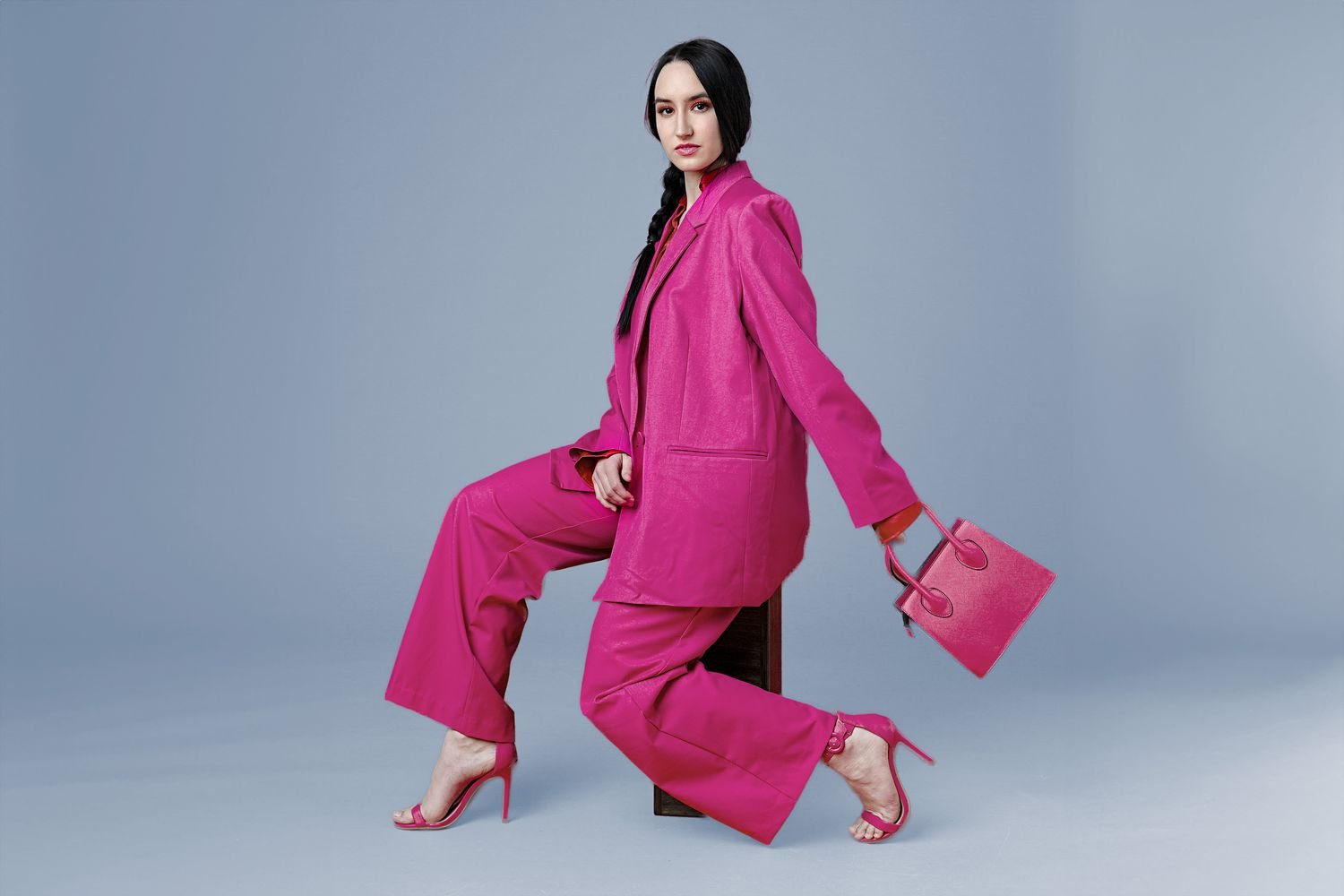Understanding how to style clothes for different occasions is key to achieving a polished and appropriate look. Whether you’re dressing for a formal event, a casual day out, or something in between, knowing how to adapt your wardrobe to various settings ensures you always look your best. This article provides practical tips on how to style clothes effectively for different occasions, helping you navigate diverse dress codes and make stylish choices.
Understand the Dress Code
Before you can effectively style clothes for any occasion, it’s crucial to understand the dress code. Different events have specific expectations, ranging from casual to formal attire. For example, casual outings may call for relaxed, comfortable outfits, while formal events require more polished and sophisticated looks. Pay attention to any dress code instructions on invitations or event details to ensure you choose the right style. By understanding the dress code, you can tailor your outfit choices to fit the occasion seamlessly.

Create a Smart Casual Look
Smart casual is a versatile dress code that blends formal and casual elements. To style clothes for a smart casual occasion, opt for well-fitted jeans or chinos paired with a crisp button-down shirt or blouse. Layer with a blazer or cardigan for added sophistication. Shoes such as loafers or ankle boots complement this look well. Accessories like a statement watch or subtle jewelry can enhance the outfit without overwhelming it. Mastering smart casual attire helps you strike the right balance between comfort and style for various semi-formal events.
Dress Up for Formal Events
When it comes to formal events, knowing how to style clothes to achieve a refined look is essential. For men, a classic suit and tie combination is the go-to choice, while women might choose a sophisticated evening gown or a tailored cocktail dress. Opt for high-quality fabrics and elegant accessories to elevate your look. Pay attention to grooming details and ensure your outfit fits well. Properly styling clothes for formal occasions ensures you make a memorable impression and adhere to the event’s standards.
Embrace Casual Wear for Everyday Outings
Casual wear is ideal for everyday outings and relaxed environments. To style clothes for casual occasions, focus on comfort and practicality. Choose well-fitted jeans, casual trousers, or shorts paired with simple tees, tank tops, or casual shirts. Layer with denim jackets, hoodies, or lightweight sweaters as needed. Footwear such as sneakers or loafers works well for casual settings. Incorporate accessories like sunglasses or casual hats to complete the look. Understanding how to style clothes casually ensures you remain comfortable while still looking put together.
Opt for Business Attire in Professional Settings
Business attire is crucial for professional settings where a polished and professional appearance is required. For men, this typically means a suit and tie or a dress shirt and trousers with a blazer. Women can opt for tailored pantsuits, pencil skirts with blouses, or professional dresses. Stick to neutral colors and classic patterns to maintain a professional appearance. Pay attention to grooming and ensure your clothes are well-pressed. Styling clothes appropriately for business settings helps you convey competence and professionalism in the workplace.
Choose Sporty Looks for Athletic Events
When styling clothes for athletic or sport-related events, prioritize functionality and comfort. Wear moisture-wicking fabrics and athletic wear designed for performance, such as gym shorts, leggings, and breathable tops. Choose supportive footwear appropriate for the activity, whether running shoes or cross-trainers. Accessories like a sports watch or a gym bag can enhance your look and practicality. Understanding how to style clothes for athletic events ensures you stay comfortable and prepared while engaging in physical activities.
Adapt to Seasonal Events
Seasonal events often require specific styling considerations based on the weather. For example, summer events call for lightweight fabrics and breathable materials, while winter occasions may necessitate layering with cozy sweaters, scarves, and boots. Adjust your clothing choices according to the season to ensure you remain comfortable while looking stylish. Incorporating seasonal elements into your outfits helps you stay relevant and prepared for various events throughout the year.
Conclusion
Mastering how to style clothes for different occasions involves understanding the dress code, creating appropriate looks, and adapting to seasonal changes. By tailoring your outfits to specific events, whether smart casual, formal, casual, business, or sporty, you can ensure that you are always dressed appropriately and stylishly. Embrace these tips to effectively style clothes for any occasion and confidently navigate diverse settings with ease and elegance.



